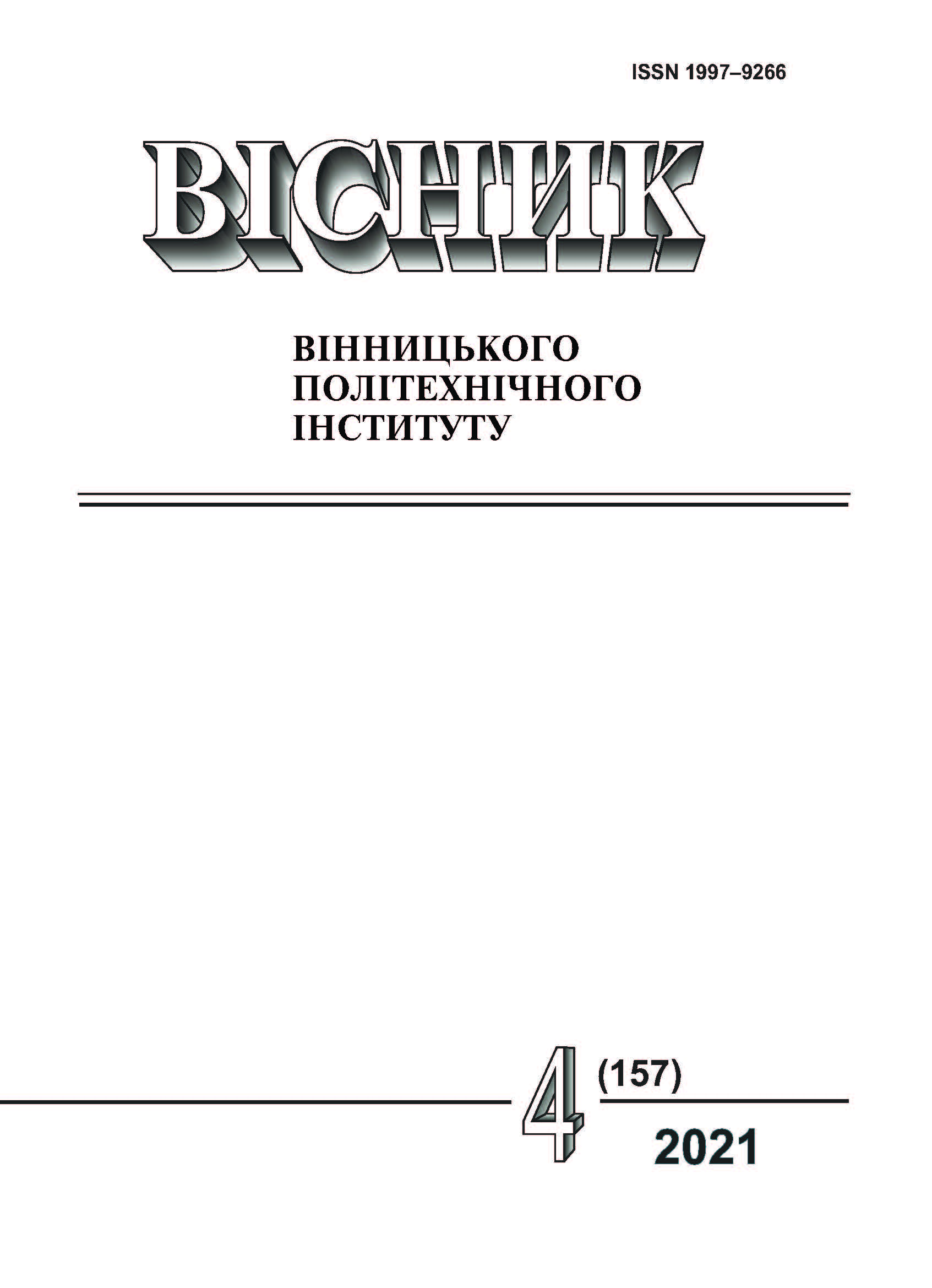Means of Assessing the Propagandist’s Attitude to the Text of the Reverse Psychological Influence
DOI:
https://doi.org/10.31649/1997-9266-2021-157-4-78-84Keywords:
assessment of the attitude to text, psychological influence, counter propaganda, semantic differential, computerized informant’s survey, information-psychological warfareAbstract
There has been solved the actual problem of improving the effectiveness of assessing the propagandist’s attitude to the text of the reverse psychological influence, which narrowed the range of cases for applying linguistic experiment to a particular category of propagandist’s subjective semantic space and increased the accuracy of assessment in order to adjust further strategy of the information propaganda counteraction. At the same time, the procedure of informant’s computerized survey has been improved to increase the efficiency of further assessment. The approach of factor analysis was improved in order of increasing the accuracy of results interpretation. Methods of semantic integral and semantic differential were integrated on the base on semantic differential in order to narrow the range of cases for using linguistic experiment and to get the possibility of applying in the process of further adding semantic noise. Thus, the set of existing means for assessing the recipient’s attitude to the object, including the method of semantic integral, of semantic differential and the method of associative experiment was adapted to a specific type of linguistic experiment, namely the method of informant’s survey in context of using a computerized methods’ set of counteracting information propaganda in the form of textual data. To prove the effectiveness of the means for assessing the propagandist’s attitude to the text of the inverse psychological influence and the accuracy of direct assessment, a number of positive and negative linguistic experiments were conducted. The results prove high efficiency and accuracy, and the existing accuracy error of assessment is caused by using only means of constructive informational psychological influence by the participants of the experiment. The error is leveled out when using tools in real conditions to counteract destructive propaganda, which is what a set of computerized methods of counteracting information propaganda in textual data is designed for.
References
Президент України. (2016 бер. 15), Про рішення Ради національної безпеки і оборони України від 27 січня 2016 року «Про Стратегію кібербезпеки України», Указ № 96/2016. [Електронний ресурс]. Режим доступу: https://zakon.rada.gov.ua/laws/show/96/2016#Text .
Я. В. Тарасенко, «Використання принципів квантової лінгвістики в інформаційному протиборстві,» Безпека інформації, т. 25, № 2, с. 96-103, 2019. https://doi.org/10.18372/2225-5036.25.13671 .
H. Takahashi, M. Ban, and M. Asada, “Semantic Differential Scale Method Can Reveal Multi-Dimensional Aspects of Mind Perception,” Frontiers in Psychology. Human-Media Interaction, vol. 7, November. 2016. [Electronic resource]. Available: https://www.frontiersin.org/articles/10.3389/fpsyg.2016.01717/full . Accessed on: July 10, 2021.
C. Menzel, “Basic semantic integration,” Semantic Interoperability and Integration, in Proceedings of Dagstuhl Seminar 04391, Germany, 2004. [Online]. Available: https://drops.dagstuhl.de/opus/volltexte/2005/42/. Accessed on: July 11, 2021 .
Т. Храбан, «Використання асоціативного експерименту як одного з основних методів психолінгвістики в дослідженні інтернет-комунікації,» Вісник Львівського університету. Серія педагогічна, вип. 30, с. 163-175, 2016.
Kai J. Miller, Gerwin Schalk, Dora Hermes, Jeffrey G. Ojemann, and Rajesh P. N. Rao, “Spontaneous Decoding of the Timing and Content of Human Object Perception from Cortical Surface Recordings Reveals Complementary Information in the Event-Related Potential and Broadband Spectral Change,” PLOS Computational Biology, vol. 12, no. 1, January. 2016. [Electronic resource]. Available: https://journals.plos.org/ploscompbiol/article?id=10.1371/journal.pcbi.1004660 . Accessed on: July 11, 2021.
А. А. Леонтьев, Основы психолингвистики. М., РФ: Смысл, 1997.
А. М. Шахнарович, «Лингвистический эксперимент как метод лингвистического и психолингвистического исследования,» Вопросы психолингвистики, № 13, с. 191-195, 2011.
Ya. Tarasenko, “The quantum-semantic psycholinguistic analysis method for the English-language text of propaganda discourse,” Advanced Information Systems, vol. 3, no. 4, pp. 62-68, 2019. https://doi.org/10.20998/2522-9052.2019.4.09 .
C. E. Osgood, and P. H. Tannenbaum, “The principle of congruity in the prediction of attitude change,” Psychological Review, vol. 62, no. 1, pp. 42-55, 1955.
Ya. Tarasenko, “Content-criteria of psycholinguistic portrait’s semantic category for researching the group propaganda,” Ukrainian Scientific Journal of Information Security, vol. 26, no. 1, pp. 5-13, 2020. https://doi.org/10.18372/2225-5036.26.14526 .
И. А. Герасимова, «Формальная грамматика и интенсиональная логика». М., РФ: ИФ РАН, 2000.
Я. В. Тарасенко, «Метод комп’ютеризованого формування англомовного тексту відповідно до психолінгвістичного портрету пропагандиста,» Захист інформації, т. 22, № 2, с. 66-73, 2020. https://doi.org/10.18372/2410-7840.22.14702 .
Downloads
-
PDF (Українська)
Downloads: 163
Published
How to Cite
Issue
Section
License

This work is licensed under a Creative Commons Attribution 4.0 International License.
Authors who publish with this journal agree to the following terms:
- Authors retain copyright and grant the journal right of first publication.
- Authors are able to enter into separate, additional contractual arrangements for the non-exclusive distribution of the journal's published version of the work (e.g., post it to an institutional repository or publish it in a book), with an acknowledgment of its initial publication in this journal.
- Authors are permitted and encouraged to post their work online (e.g., in institutional repositories or on their website) prior to and during the submission process, as it can lead to productive exchanges, as well as earlier and greater citation of published work (See The Effect of Open Access).





